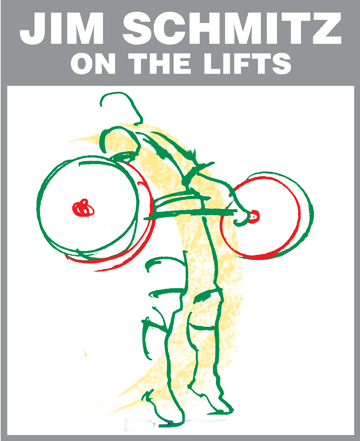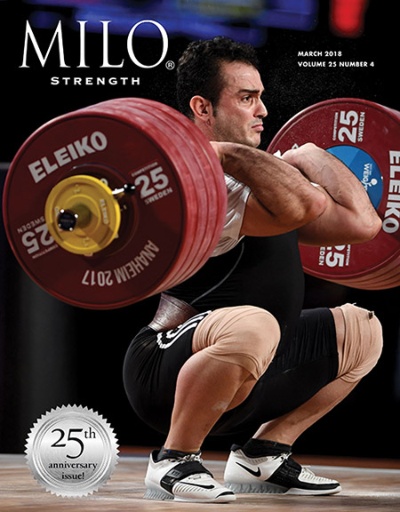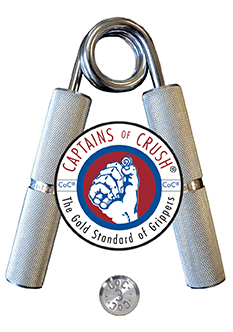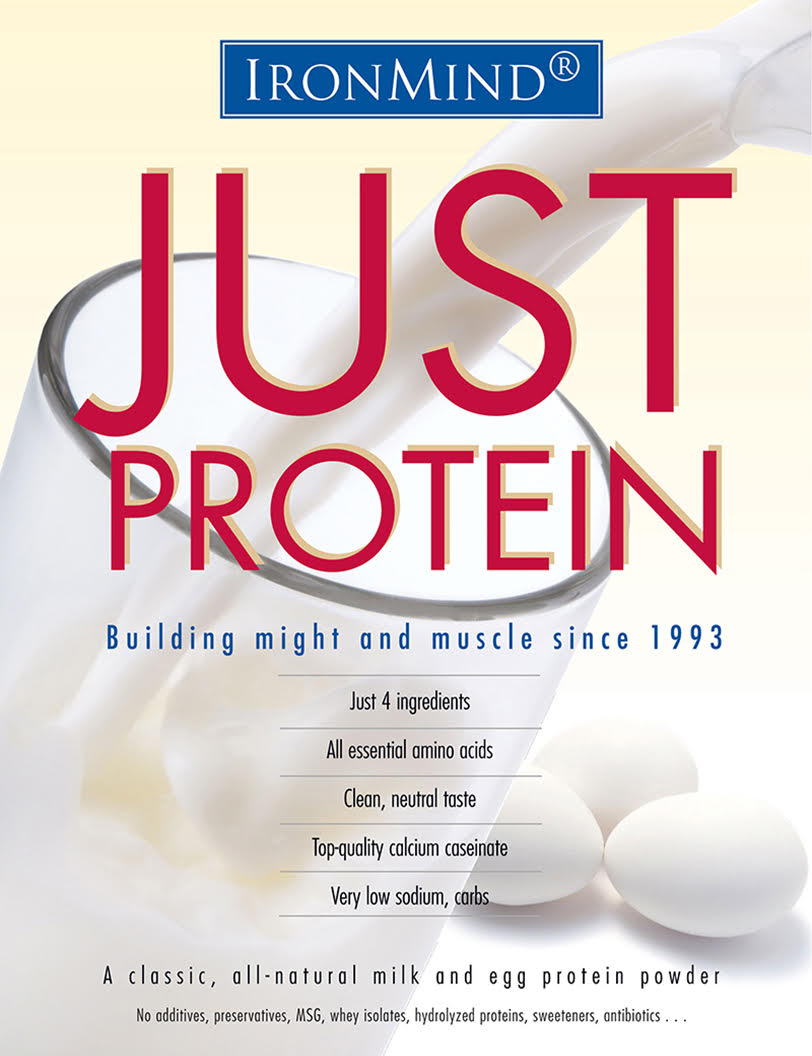I have found that doing two reps with a heavy, but not maximum, weight is one of the best methods for developing strength, power, technique, efficiency, consistency, and success—not only in the snatch and clean and jerk, but in all your lifts. When I say double or 2 reps, I mean immediately doing the second rep. Do your first rep, return the barbell to the platform and without taking your hands off the barbell, get set and do the other rep right away. Among the things I like about doubles is that you are using a weight you know you can do for 1 rep, but it is challenging because the second rep must be done correctly in order to be successful. This will teach you how to lift a weight without thinking, just doing it—what I refer to as developing muscle memory, where you just do it without thinking, giving it all your power.
I want to stress right from the start that when I say 2 reps or a double, I mean absolutely the minimum time between reps, no hesitation. Do 1 rep, return the bar to platform and immediately do another. If you miss the first or second rep, you then take a break and start over. I do get a kick out of what some people call a double. Some will do 1 rep, adjust the weights, stand up, pick their nose, scratch their rear, brush their hair back, and then do another rep with over 30 seconds between reps. I had one lifter who was notorious for taking a long time between reps and calling them double or triple or whatever number he was doing. One day he snatched a maximum weight, went to the bathroom, came back and snatched it again. I said, “Nice double, Tom” and of course everyone laughed, and he grumbled and a few minutes later snatched the same weight again! He was doing cluster sets, not to be confused with reps.
While it is important to think about how you are going to lift a weight, you can’t think about it too much or you will develop “paralysis due to analysis.” You’ve probably experienced it yourself or have seen others freeze up when thinking of too many technical things when trying to lift a heavy or near maximum weight. You will usually do a deadlift or high pull and somehow miss the weight miserably, not even close. Naturally you have to think about how you are going to do a snatch or clean and jerk, but you must do it before you lift the weight. Once you grab the barbell, all you really want to be thinking about is lifting the weight with all your might, force, and speed. Doubles teach you to lift by feel or instinct, so the objective is to make the second rep identical to the first rep.
Here’s an example of what I mean. Let’s say your PR snatch is 100 kg for 1. You would probably be able to do 80 for a double with no problem, so you would like to be able to do a double with 85 or 90 or more. Increasing your doubles will translate to heavier singles eventually. Following is how I would take someone up in doubles: 50 x 3 x 3, 60 x 2, 70 x 2, 80 x 2, 85 x 2, 88 x 2, and 90 x 2. If you aren’t used to doubles, that will be a lot of work. Also, I prefer that you don’t use straps because not using straps really makes that second rep more difficult and will develop your grip, which is extremely important.
Once you’ve developed your ability to do heavy doubles consistently, I like to have you do 3 sets of 2 with the same weight. For example, let’s say this 100-kg snatcher has gotten his doubles up to 93 x 2. I would then have this lifter do the following: 50 x 3 x 3, 60 x 2, 70 x 2, 80 x 2, 85 x 3 x 2, and try to build up the weight for 3 sets of 2. The way it might work in a program is doing heavy doubles once a week and then lighter 3 sets of 2 once a week and then singles once a week. It’s very important to only count successes and not failures or near makes. When doing 3 sets of 2 reps you only get 5 sets to make your 3 sets of 2. Any additional sets would be training on failures. If you aren’t making your 3 of 2 in 5 sets, you are either having a bad day or the weight is too much for now. You will develop consistency best by practicing lifting successfully.
People quite often ask, “I can do a certain weight for a double, how much do you think I can do for a single?” I like to answer with a statement I first heard many years ago from Artie Drechsler, author of The Weightlifting Encyclopedia. He said, “Whatever you can do for a double, you can do for a single!” Don’t get hung up thinking that because you’ve done a certain weight for 2 that you can do so much more for 1; you have to actually do it.
You may wonder why I call them the “terrible twos” or “demon doubles.” Well, they can be very frustrating because you have just made one rep with no problem, but just can’t make the second rep and you know you can do it because you just did one and you know the weight isn’t too heavy. Doubles will make you cuss a lot. And heavy doubles are a lot of hard work—therefore “terrible twos” and “demon doubles”—but they will give you big results.


















